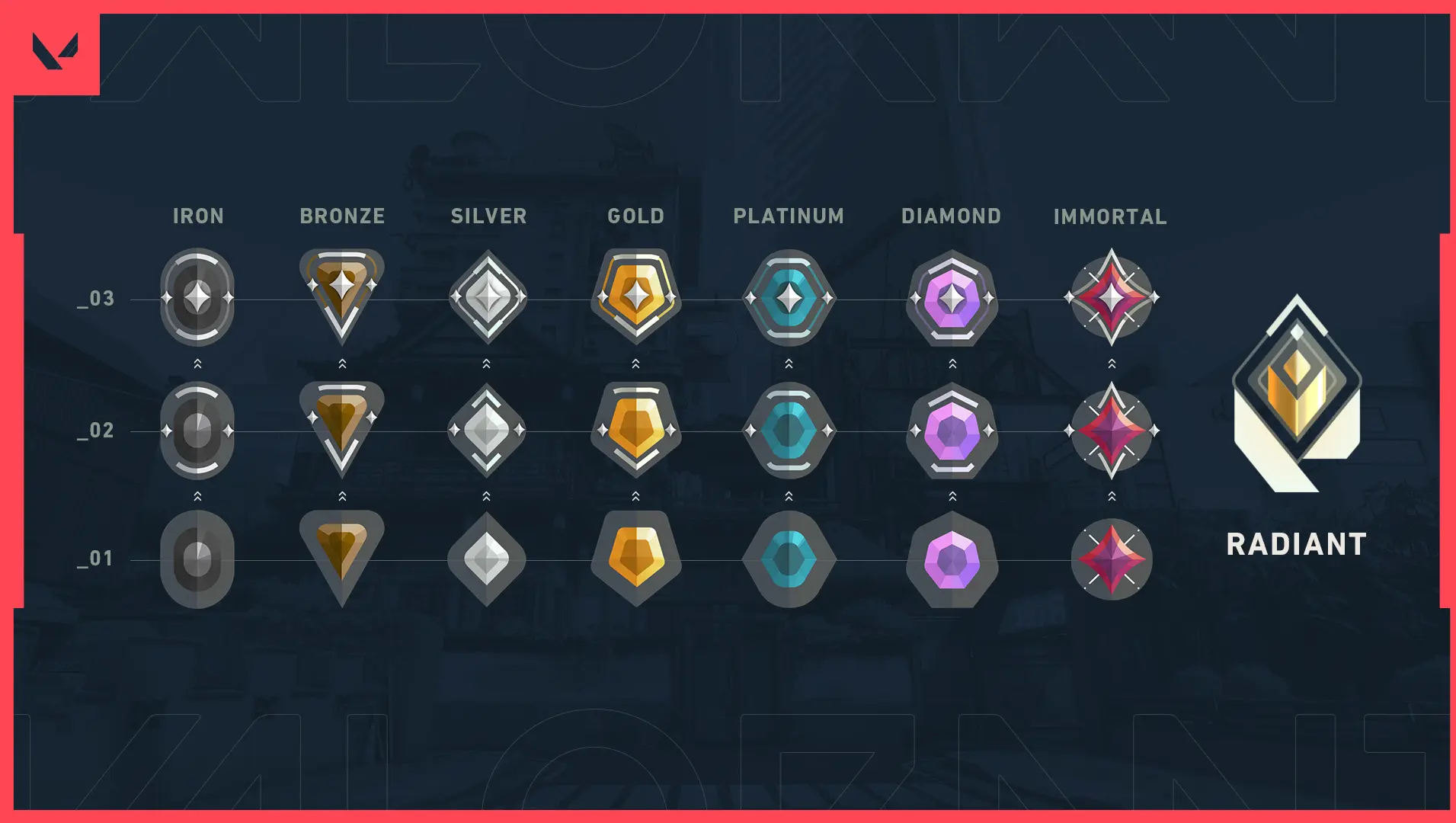
How do the ranks in Valorant compare to ranks in CSGO?
Valorant has three more ranking sections than CSGO, meaning that in theory, its ranks can be more accurate than CSGO’s.
Rank is important to any competitive video game, and esports’ biggest first-person shooters are no exception. As Valorant’s audience grows and CSGO struggles with both a pervasive exploit issues in professional matches and accusations of matchfixing, casual players are paying more attention than ever to the kinds of ranks that games offer.
CSGO offers a grand total of 18 ranks, meaning that the playerbase is split into 18 distinct sections that represent a player’s skill. But Valorant, Riot Games’ popular competitive shooter, has 22. Simply put, Valorant’s ranking system more room for accuracy when distributing its players in its expanded system.
WIth more ranks, Valorant could be more accurate than CSGO
In effect, this means that Valorant’s rankings can be more accurate than CSGO’s simply because it has more categories. If a system takes a list of ten players and distributes them across five ranks, then there is the possibility that two players in the same rank can have skill levels that aren’t as close to one another as the rank makes it look like they are.
If a system takes those same 10 players and distributes them across 10 different ranks instead of five, the ranking system becomes more accurate. More ranking options means Riot’s system has more room to account for the differences between players.
CSGO Ranks
- Silver I
- Silver II
- Silver III
- Silver IV
- Silver Elite
- Silver Elite Master
- Gold Nova I
- Gold Nova II
- Gold Nova III
- Gold Nova Master
- Master Guardian I
- Master Guardian II
- Master Guardian Elite
- Distinguished Master Guardian
- Legendary Eagle
- Legendary Eagle Master
- Supreme Master First Class
- The Global Elite
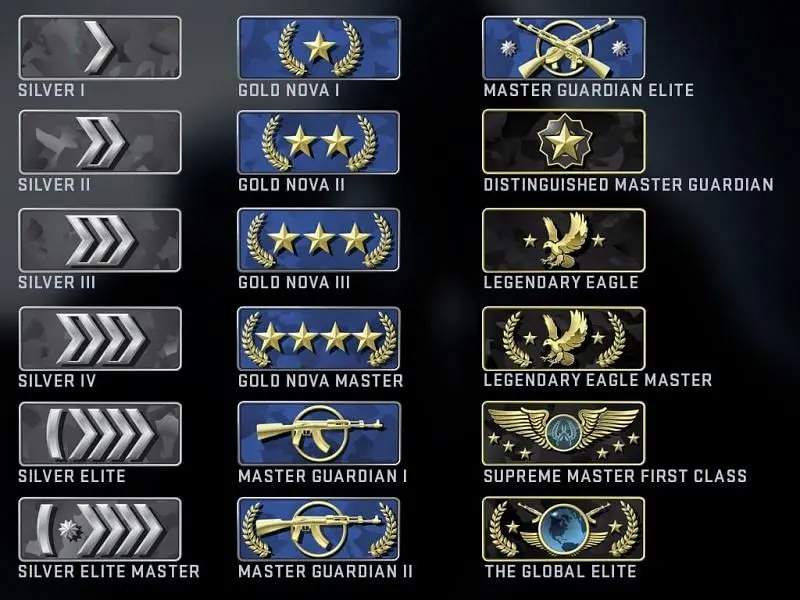
Valorant Ranks
- Iron I
- Iron II
- Iron III
- Bronze I
- Bronze II
- Bronze III
- Silver I
- Silver II
- Silver III
- Gold I
- Gold II
- Gold III
- Platinum I
- Platinum II
- Platinum III
- Diamond I
- Diamond II
- Diamond III
- Immortal I
- Immortal II
- Immortal III
- Radiant
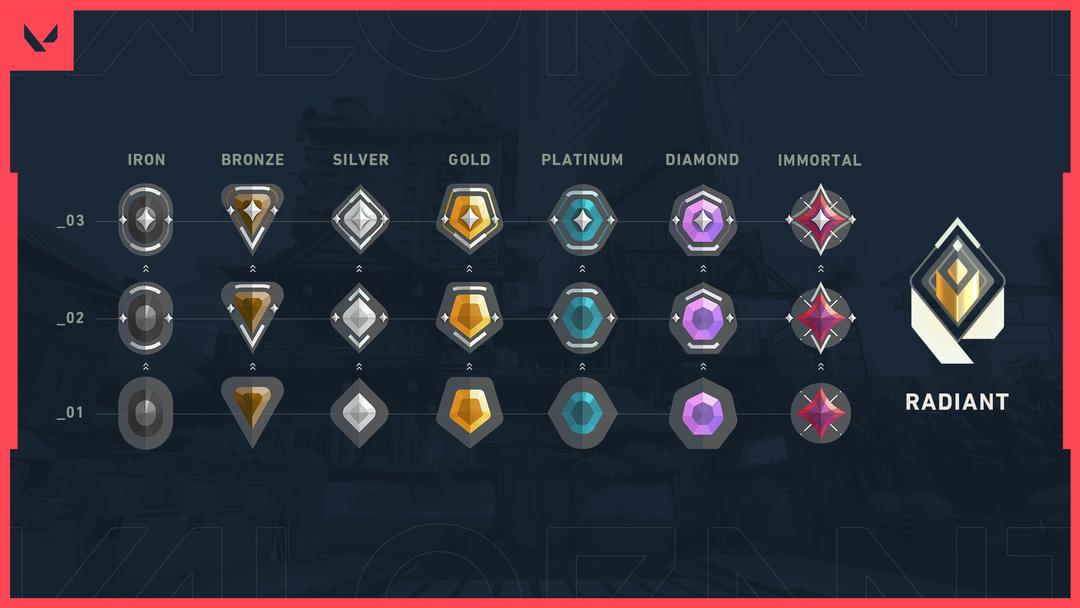
With the addition of more ranks, Valorant’s ladder has more choices for where it puts players, and once dialed in may actually be a more accurate ranking of a player’s skill than CSGO’s long-running ranking system.
Complaints surrounding Valorant’s ranked ladder have come from far and wide since its release, but it’s not easy to create a system that can precisely place millions of players.
It will take time. The math that determines a player’s competitive rank takes many games to determine, meaning that the opening months of Valorant’s competitive scene may see some wacky matchups in pickup games until the ranking system is dialed in.
Until then, players should give Riot’s system the time it needs to do the hard math.
Recommended

s1mple is offering lessons to help you get good at CS2
Have you dreamed of playing like s1mple?
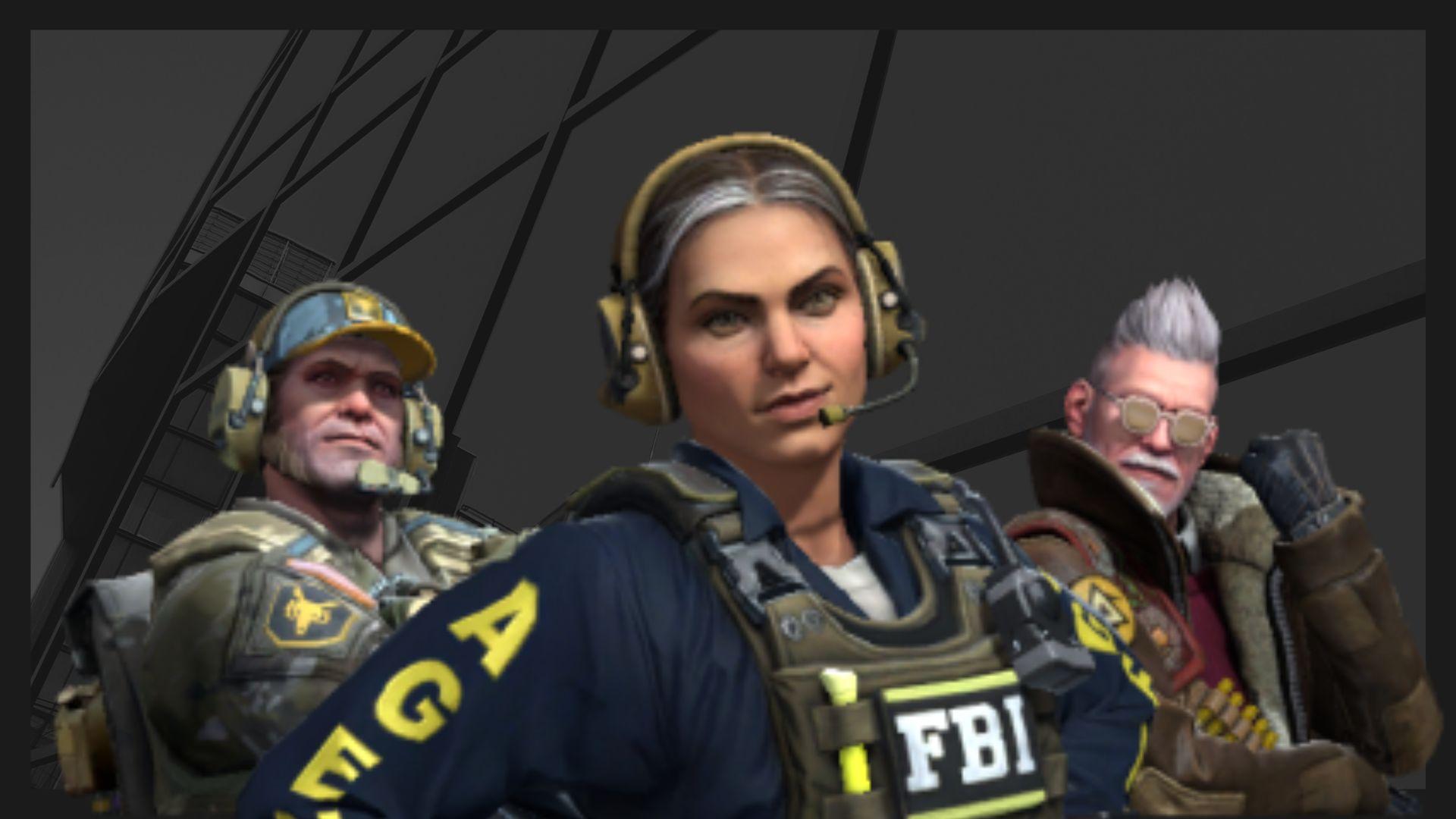
Recent CS2 ban wave punishes cheaters during live games
Valve is banning players in bulks.
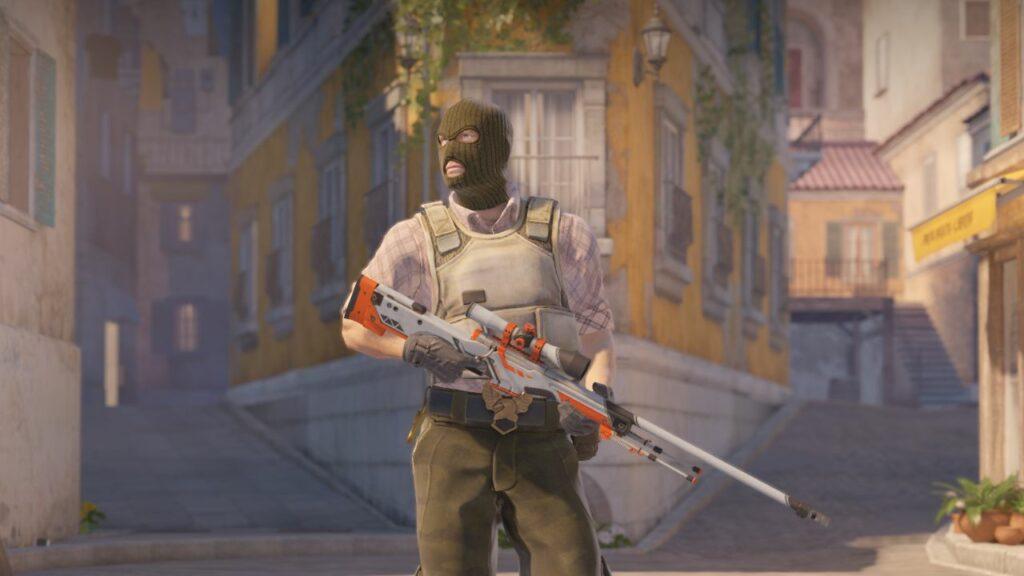
Players hopeful after Valve adds Overwatch to expose CS2 cheaters
Only “trusted” players will be Overwatch investigators.







